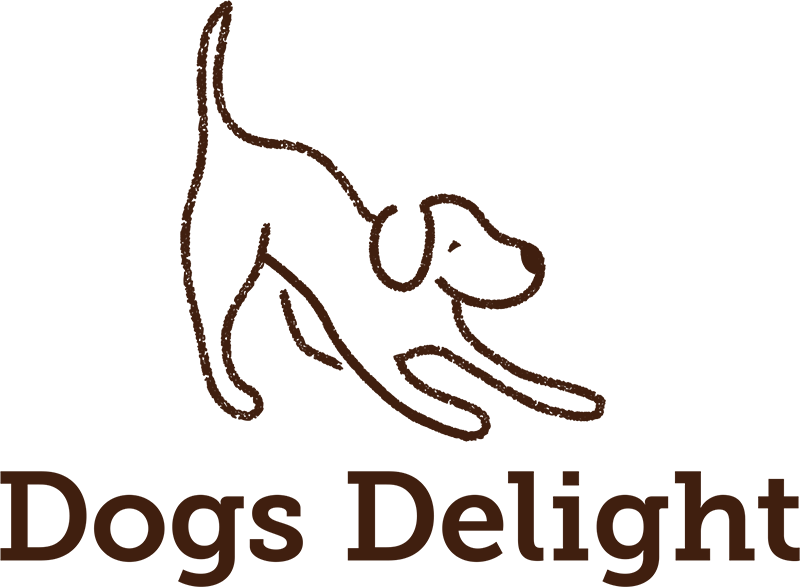Healthy
Wet vs Dry Food. Which is the Best Option for Dogs?
There is a huge variety of dog foods available for us to choose from but a question I am often asked is whether wet food is a better options than dry. Let’s take a look at the evidence.
Whatever the type of food, the first thing to consider is how palatable it is. In other words, will the dog want to eat it? If we really stop and think about it, how much control do dogs have over their food and if given free choice, what would they choose? We know, anecdotally from our own experience that dogs tend to show a preference for meaty foods and treats this is backed up by research. A study which looked at the food preferences of free-ranging street dogs in India offered 30 dogs a variety of food choices in four experiments. They found that dogs did indeed prefer the foods that smelt like meat and chose options such as bread soaked in chicken broth over kibble even though the actual meat content was lower- it just smelt more meaty! Dogs were selecting their food based on smell rather than showing any innate ability to work out the protein/meat content!
Secondly, the digestibility of the food is a key factor. Even if the dog enjoys the food, if it is of poor quality then not all of the nutrients will be available. A poor quality food may only be 60% digestible but a good quality food would be around 90% digestible. Sadly, this information is not usually available to us on dog food labels but there are some clues we can look for which will tell us whether the food is highly digestible or not. The source of the protein is a good guide because dogs can digest animal protein more readily than plant based protein so we need to see that the main source of protein in the food is meat or fish. These sources of protein as called ‘good quality’ because they contain all 10 essential amino acids the dog needs. Just looking at the percentage of protein on the label tells us nothing of the quality of the protein. For example, manufacturers can boost the protein content by adding bone and cartilage (often labelled as ‘meat meal’) but they are poorly digested and are of little nutritional value to the dog. The meat or fish should be the first ingredient on the list because everything is listed in order of weight.
The ingredients list tells us nothing of the quality of the food but there are some long and short term signs of quality. In the short term, poorer quality food needs to be fed in larger quantities to overcome the fact that it is poorly digested. Quite simply, this means more poo! While we are on the subject of poo, poor quality food means poor quality poo! Rather than watery offerings with undigested food, we would want to see firm/formed stools. A longer term sign of quality would be the condition of the coat, skin and overall body composition. All of these factors when taken together tell us whether the majority of the nutrients in the food are being used by the dog.
What can sometimes give dry food a bad press is the fact that some are produced at very high temperatures, with poorer quality proteins (meat or fish meal) to start with. This destroys the proteins rendering them poorly absorbed. However, as long as the dry food contains human grade meat or fish and has been cooked gently, at lower temperatures the proteins will be preserved and the overall quality of the protein maintained.
With all that in mind, it really doesn’t matter whether the food is wet or dry (kibble). What matters is the what the dog prefers and whether the protein source is of good, human grade quality.


